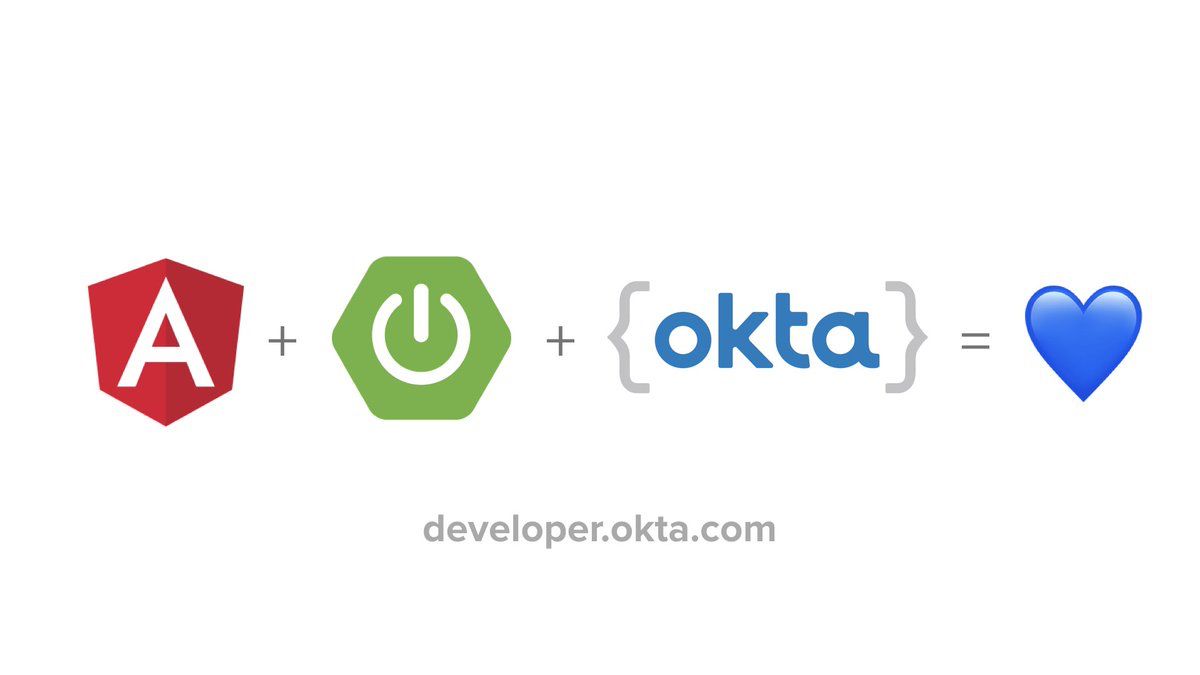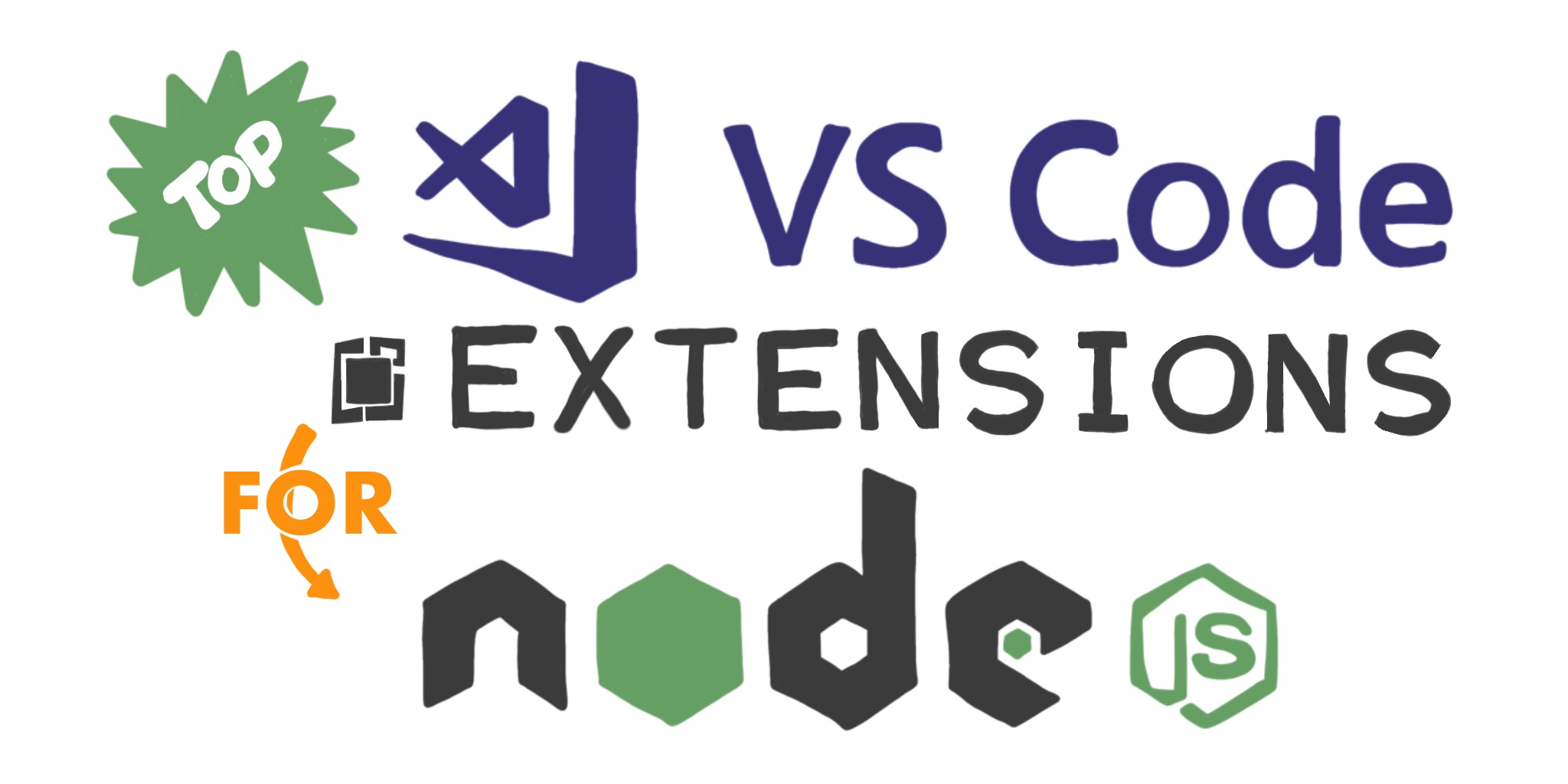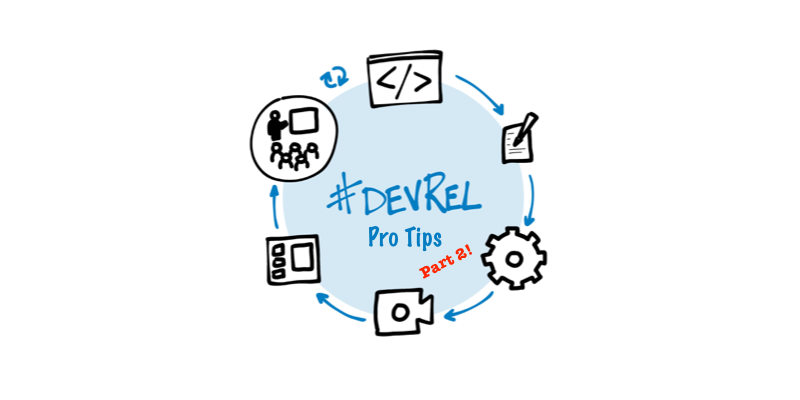Angular Authentication with JWT

User registration and authentication are one of the features that almost no web application can do without. Authentication usually consists of a user entering using a username and a password and then being granted access to various resources or services. Authentication, by its very nature, relies on keeping the state of the user. This seems to contradict a fundamental property of HTTP, which is a stateless protocol. JSON Web Tokens (JWTs) provide one way to...
A Quick Guide to Spring Boot Login Options

In this post, you’re going to work through various options for implementing a login feature using Spring Boot 2.1. You’ll start with the most simple, basic auth, which you’d likely never want to use except for perhaps an internal backend tool, and move on to a simple form-based authentication page. Next, you’ll customize the default, auto-generated form by overriding some default templates and controllers. Finally, you’ll move on to adding Single Sign-on using OAuth 2.0....
Angular 8 + Spring Boot 2.2: Build a CRUD App Today!

If you’ve been a Java developer for more than 15 years, you probably remember when there were a plethora of Java web frameworks. It started with Struts and WebWork. Then Tapestry, Wicket, and JSF came along and championed the idea of component-based frameworks. Spring MVC was released in 2004 (in the same month as Flex 1.0 and JSF 1.0) and became the de-facto standard in Java web frameworks over the next six years. Then along...
Top 10 Visual Studio Code Extensions for Node.js

I am amazed at the adoption of Visual Studio Code by developers from all platforms and languages. According to the 2019 Stack Overflow Developer Survey, VS Code is dominating. The primary reasons I use VS Code are its great support for debugging JavaScript and Node.js code, and how easy it is to customize with free extensions available in Visual Studio Marketplace. However, there are thousands of extensions available! How do you know which ones are...
Token Authentication in PHP

JSON Web Tokens (JWTs) have turned into the de-facto standard for stateless authentication of mobile apps, single-page web applications, and machine-to-machine communication. They have mostly superseded the traditional authentication method (server-side sessions) because of some key benefits: They are decentralized and portable (you can request a token from a dedicated service, and then use it with multiple backends) There is no need for server-side sessions - a JWT can contain all the required information about...
Build a Node.js API with TypeScript

JavaScript has been turning into more and more of a robust language and is no longer just seen in browsers. Server-side JavaScript has become quite relevant. However, one major thing that JavaScript is not, is a strongly typed language. Being explicit with what types to expect from function parameters or object and class properties can help prevent bugs from creeping into the code. It can also help make the code easier to understand if you...
Easy Single Sign-On with Spring Boot and OAuth 2.0

Single sign-on used to be the “Holy Grail” of enterprise size companies and was usually only available companies that could afford it. Nowadays, we take SSO as a matter of course. For instance, you would think it was completely weird (and unpleasant) if you logged into GMail and then had to log in again when you went to Google Docs. But, what about building custom applications for developers? SSO was still in the domain of...
Is the OAuth 2.0 Implicit Flow Dead?

You may have heard some buzz recently about the OAuth 2.0 Implicit flow. The OAuth Working Group has published some new guidance around the Implicit flow and JavaScript-based apps, specifically that the Implicit flow should no longer be used. In this post we’ll look at what’s changing with the Implicit flow and why. Note: In May 2025, the Okta Integrator Free Plan replaced Okta Developer Edition Accounts, and the Okta CLI was deprecated. We preserved...
Use Firebase with Your ASP.NET MVC App

Working with databases hosted online has become easier over recent years. The emergence of Database as a Service (DaaS) specifically makes quick integrations much easier. It is important to keep application user data separate from personally identifiable information, especially in this day and age. When using a third party auth provider like Okta, user information like a name or email address can be stored by that provider directly in their system, benefitting from their oversight...
Pro Tips for Developer Relations, Part 2

Being a developer advocate can be a difficult job. Developer advocates are often responsible for writing blog posts, speaking at conferences, and helping developers use their company’s products. If there’s developer friction, it’s an advocate’s job to help educate their company about how to reduce it. Advocates are often recognized leaders in their communities, so they have to keep up that persona as well. Writing, traveling, speaking, educating, and helping can be exhausting. The first...